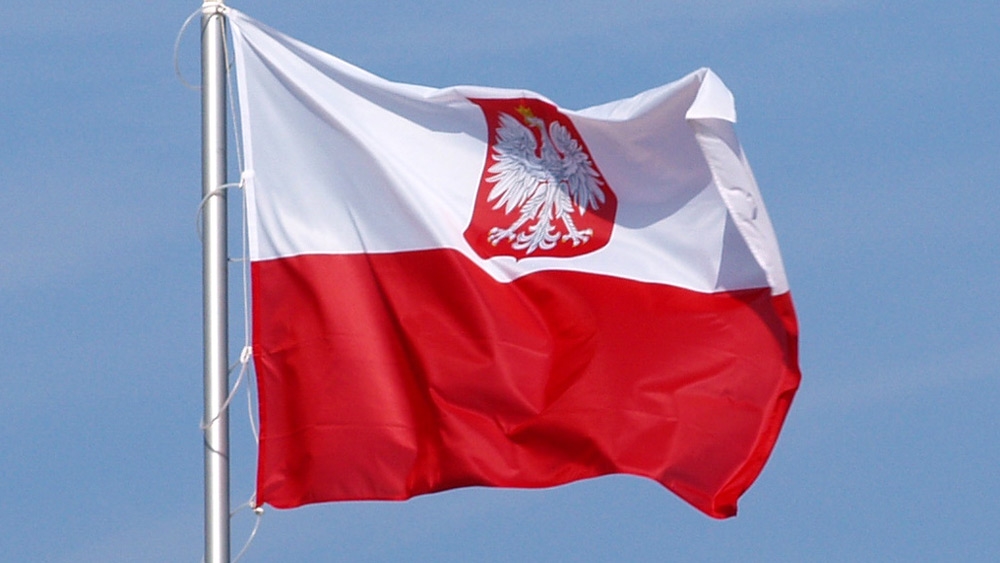German industrial orders plummet 5.8%, casting doubts on economic recovery
10/10/2024 / By Richard Brown

German industrial orders fell significantly more than anticipated in August, raising concerns about the manufacturing sector’s recovery in Europe’s largest economy. The federal statistics office reported a 5.8 percent decline in orders compared to the previous month, adjusted for seasonal and calendar variations. Analysts surveyed by Reuters had predicted a more moderate decrease of 2.0 percent.
Ralph Solveen, senior economist at Commerzbank, stated: “Today’s data confirm that demand for German industrial goods has continued to weaken. This suggests that the German economy will at best stagnate in the second half of the year.” He added that a revival isn’t expected until next year and even then, it is likely to be modest.
One contributing factor to the poor performance in August was a significant number of orders for transport equipment – such as aircraft, ships, trains and military vehicles—placed in the previous month. When excluding these large-scale orders, new orders in August fell by 3.4 percent compared to July. (Related: Germany halts new military aid to Ukraine amid budget shortfall.)
The statistics office also revised the July figures upward, showing a 3.9 percent increase instead of the previously reported 2.9 percent, attributed to a considerable volume of late orders.
In a three-month comparison from June to August, new orders were up 3.9 percent compared to the previous three-month period. However, with the highest export share in its GDP among G7 nations, Germany’s economy is particularly vulnerable to fluctuations in foreign orders. Thomas Gitzel, chief economist at VP Bank, emphasized that “if these fail to materialize, the entire economy suffers.” In August, foreign orders declined by 2.2 percent, with a 3.4 percent increase from outside the eurozone offset by a steep 10.5 percent drop from within.
“As long as incoming orders are weak, the German economy will continue its dry spell,” Gitzel noted. Recent indicators support this outlook, with Germany’s manufacturing sector contracting at its fastest rate in a year in September, marked by significant declines in output, new orders and employment, according to PMI data.
Claus Vistesen, chief Eurozone economist at Pantheon Macroeconomics, mentioned potential upside risks from Chinese stimulus and falling interest rates but stressed that a change in the persistently depressed trend of leading indicators is needed to alter the outlook for German and Eurozone manufacturing.
Germany expects its economy to shrink for second straight year
The German Economy Ministry has revised its forecast, now expecting the economy to shrink for the second consecutive year, projecting a 0.2 percent contraction in 2024, down from an earlier estimate of 0.3 percent growth. A report from the Süddeutsche Zeitung highlighted a prevailing consumer reluctance to spend.
However, the government is more optimistic about the subsequent years, with expectations for a 1.1 percent growth in 2025, up from 1 percent and an anticipated expansion of 1.6 percent by 2026.
In 2023, Germany was the only major advanced economy to contract, hindered by an industrial slowdown, decreased export orders and soaring energy prices from Russia’s invasion of Ukraine. While there were hopes that declining inflation and European Central Bank interest rate cuts might bolster the economy, weak domestic and international demand largely counteracted these positive developments.
The government’s pessimistic outlook aligns with Germany’s leading economic institutes, which have lowered their forecasts and now predict stagnation or a 0.1 percent contraction for 2024. Their estimates for the next two years are similarly cautious, projecting a growth rate of just 0.8 percent for 2025 and 1.3 percent for 2026.
Further complicating Germany’s economic challenges are increasing competition from China, a shortage of skilled workers, and issues related to the transition from fossil fuels to renewable energy sources.
Economy Minister Robert Habeck told the Süddeutsche Zeitung that the government’s proposed “growth initiative” is essential for fostering economic recovery. The measures include tax relief, reduced industry energy prices, streamlined bureaucracy, incentives for older workers to remain in the workforce and improved conditions for foreign skilled labor.
“The German economy can grow significantly stronger in the next two years if the measures are fully implemented,” Habeck remarked.
Read similar stories on EconomicRiot.com.
Watch the video below where a former assistant for President Ronald Reagan says the EU’s worsening relationship with Russia is a disaster on its end.
This video is from Cynthia’s Pursuit of Truth channel on Brighteon.com.
More related stories:
Germany’s EV sales PLUMMET by almost half in first 6 months of 2024.
EU could DIE in 3 years due to overspending, overregulation and underinvestment, warns Macron.
Hungarian PM Viktor Orban says anti-Russia sanctions will kill EU economy.
Sources include:
Submit a correction >>
Tagged Under:
bubble, collapse, economic collapse, economic model, economic riot, EU, Europe, European Union, existensial risk, finance riot, Germany, global powers, industrial orders, manufacturing, market crash, multipolar world order, overregulating, revamp, risk, supply chain warning, underinvesting
This article may contain statements that reflect the opinion of the author
RECENT NEWS & ARTICLES
SupplyChainWarning.com is a fact-based public education website published by SupplyChainWarning.com Features, LLC.
All content copyright © 2021 by SupplyChainWarning.com Features, LLC.
Contact Us with Tips or Corrections
All trademarks, registered trademarks and servicemarks mentioned on this site are the property of their respective owners.




















